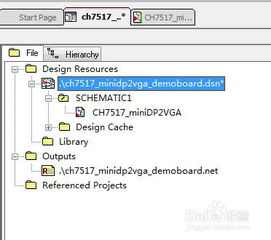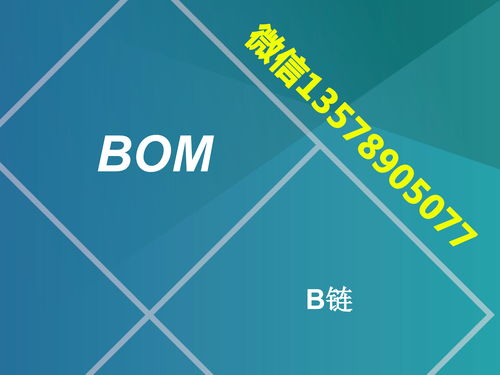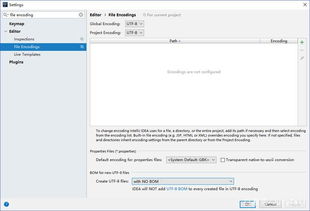Understanding BOM and MRP: A Comprehensive Guide

Bill of Materials (BOM) and Material Requirements Planning (MRP) are two critical concepts in the manufacturing industry. They play a pivotal role in ensuring efficient production processes and effective inventory management. In this article, we will delve into the intricacies of BOM and MRP, exploring their definitions, functionalities, and the benefits they offer to businesses.
What is BOM?

The Bill of Materials, often abbreviated as BOM, is a comprehensive list of all the materials, components, and sub-assemblies required to manufacture a product. It serves as a blueprint for the production process, providing detailed information about the quantity, type, and specifications of each item needed.
| Component | Quantity | Specification |
|---|---|---|
| Engine | 1 | 4-cylinder, 2.0L, turbocharged |
| Transmission | 1 | 6-speed automatic |
| Wheels | 4 | 17-inch alloy |
As seen in the table above, a BOM provides a clear and organized breakdown of the components required for a specific product. This information is crucial for production planning, inventory management, and cost estimation.
What is MRP?

Material Requirements Planning (MRP) is a production planning, scheduling, and inventory control system that utilizes the BOM to determine the quantity and timing of materials needed for production. It ensures that the right materials are available at the right time, minimizing waste and delays in the production process.
MRP operates on the principle of “driving” the production schedule based on the BOM. It calculates the required quantities of materials by considering the lead times, production rates, and current inventory levels. This information is then used to generate purchase orders and production schedules.
Benefits of BOM and MRP
Implementing BOM and MRP in a manufacturing environment offers several benefits:
-
Improved production efficiency: By ensuring that the right materials are available at the right time, MRP minimizes production delays and bottlenecks.
-
Reduced inventory costs: MRP helps in optimizing inventory levels, reducing the risk of overstocking or stockouts.
-
Enhanced quality control: With a clear understanding of the materials and components used in the production process, businesses can implement better quality control measures.
-
Increased customer satisfaction: By ensuring timely delivery of products, businesses can meet customer demands more effectively.
Best Practices for Implementing BOM and MRP
Successfully implementing BOM and MRP requires careful planning and execution. Here are some best practices to consider:
-
Regularly update the BOM: Ensure that the BOM is always up-to-date with the latest product specifications and component information.
-
Train employees: Provide training to employees on how to use the BOM and MRP system effectively.
-
Integrate with other systems: Integrate the BOM and MRP system with other business systems, such as Enterprise Resource Planning (ERP) and Customer Relationship Management (CRM), to streamline operations.
-
Monitor performance: Regularly review the performance of the BOM and MRP system to identify areas for improvement.
Conclusion
BOM and MRP are essential tools for businesses in the manufacturing industry. By understanding their definitions, functionalities, and benefits, businesses can optimize their production processes, reduce costs, and improve customer satisfaction. Implementing these systems effectively requires careful planning and continuous monitoring.



